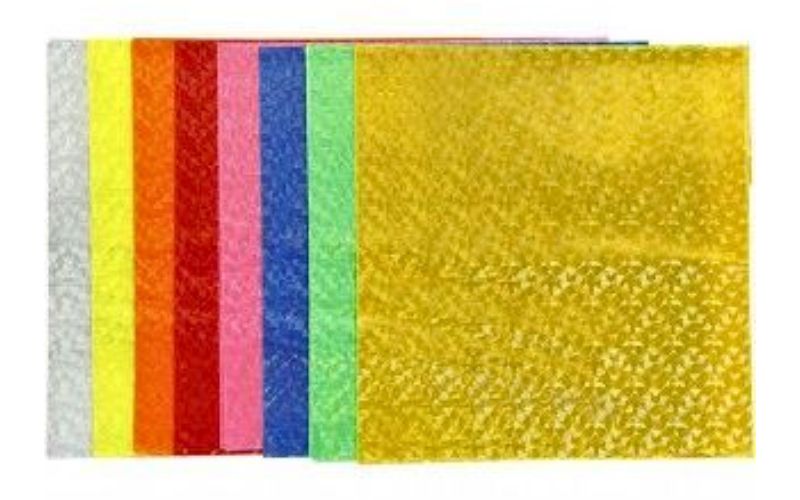If you’ve ever wondered about this sleek, smooth material that often wraps your purchases or protects important artworks, you’re in the right place. Today, we’ll dive into what glassine paper is, how it’s used, why it’s chosen for packaging, and its recyclability. Let’s get started!
What is Glassine Paper?

Glassine paper is a glossy, translucent paper known for being air, water, and grease-resistant. It’s made through a process called supercalendering, where regular paper is pressed between rollers to make it extra smooth and shiny. This process not only gives glassine its characteristic finish but also enhances its protective qualities, making it an excellent choice for many preservation and packaging needs.
Uses of Glassine Paper
Glassine paper is incredibly versatile. Here are some of its most common uses:
- Art and Preservation: Artists and museums often use glassine to protect drawings, photographs, and prints. Its acid-free nature ensures that it doesn’t degrade or damage the items it covers.
- Food Industry: Ever noticed the paper between your burger and its box, or wrapping specialty candies? That’s likely glassine. Its resistance to grease makes it perfect for food packaging.
- Pharmaceuticals: Glassine envelopes protect medicinal patches and other drug formulations from moisture and contamination.
Glassine Packaging
Glassine is not just practical; it’s also aesthetically pleasing, which makes it popular for packaging. From luxury baked goods shops to high-end cosmetic brands boxes, businesses choose glassine to enhance the unboxing experience while offering a level of protection to their products. Plus, it’s lightweight and easy to handle, reducing shipping costs and complexity.
Key Properties of Glassine Paper

What makes glassine paper so useful are its unique properties:
- Transparency: Glassine paper offers a clear view of what’s inside, though the level of transparency can be adjusted with dyes for a more opaque look.
- Air and Moisture Resistance: Glassine acts as a barrier against air and moisture, protecting contents from these elements.
- Grease Resistance: This property makes glassine ideal for food packaging, preventing grease from transferring and keeping food fresh.
- Acid-Free and Archival Quality: Since it’s acid-free, glassine paper won’t damage delicate items like photographs or documents, making it a great choice for archival purposes.
- Biodegradable and Recyclable: Adding to its eco-friendly nature, glassine paper is both biodegradable and recyclable (where programs accept it).
Is Glassine Recyclable?
Yes, glassine is recyclable! However, recycling it can be tricky if it’s been heavily dyed, printed on, or coated with substances that recycling plants need to process out. To ensure your glassine ends up recycled:
- Remove any labels or adhesives if possible.
- Check with your local recycling program if they accept glassine.
Despite these challenges, glassine is a more sustainable option than many plastic alternatives due to its biodegradable nature.
Environmental Impact of Glassine Paper
Glassine is generally considered a more environmentally friendly option compared to many synthetic packaging materials. It’s biodegradable and made from managed forestry products, which contributes to its eco-friendliness. However, like any resource-intensive product, the production of glassine paper has its environmental costs, including energy consumption and the potential use of chemicals in processing.
Conclusion
Glassine paper is more than just wrapping material; it’s a sustainable, protective packaging solution that serves many industries from food to pharmaceuticals. As consumers become more environmentally conscious, the popularity of materials like glassine that balance utility with sustainability is likely to increase.
Learn: how to build your brand visibility through window packaging?

